Before we begin our account of the fantastic universe of the Sacred Valley of the Incas, it is essential to know that you will need the Cusco Tourist Ticket, the BTC. This will allow you entry to all the archaeological sites included in your visit. Make sure to get informed!
Visit to the Universe of the Weaving Women of Chinchero
The bus had barely left the city of Cusco, and the passengers’ excitement mingled with the guide’s detailed explanations about the Sacred Valley of the Incas. Suddenly, a surprise: we received a snack bag with juice, water, fruits, even dried ones, candies, cookies, and chocolate! Well, our adventure with Salkantay Trekking to the Sacred Valley of the Incas started in the best way!
After approximately an hour of travel, we arrived in Chinchero, located 30 kilometers from Cusco and 3,762 meters above sea level, to visit an authentic community of weaving women. We were greeted by friendly alpacas and llamas, who posed for photos. The colorful setting was complemented by typical Andean houses, with wood-fired ovens and clay pots not used for cooking but for traditionally dyeing freshly spun wool.
Sitting around a weaver, enjoying a delicious muña tea that warmed us nicely on that first hour of the morning, we listened to and observed all the stages of wool extraction, its washing with an impressive soap made from a root, dyeing, and finally the crafting of beautiful Andean textiles on hand looms. It was incredible to learn about the entire process! After a visit to the “crafts” shop, where we admired beautiful blankets, shawls, gloves, hats, backpacks, purses, and many other items, we said goodbye to the famous weaving women of Chinchero.
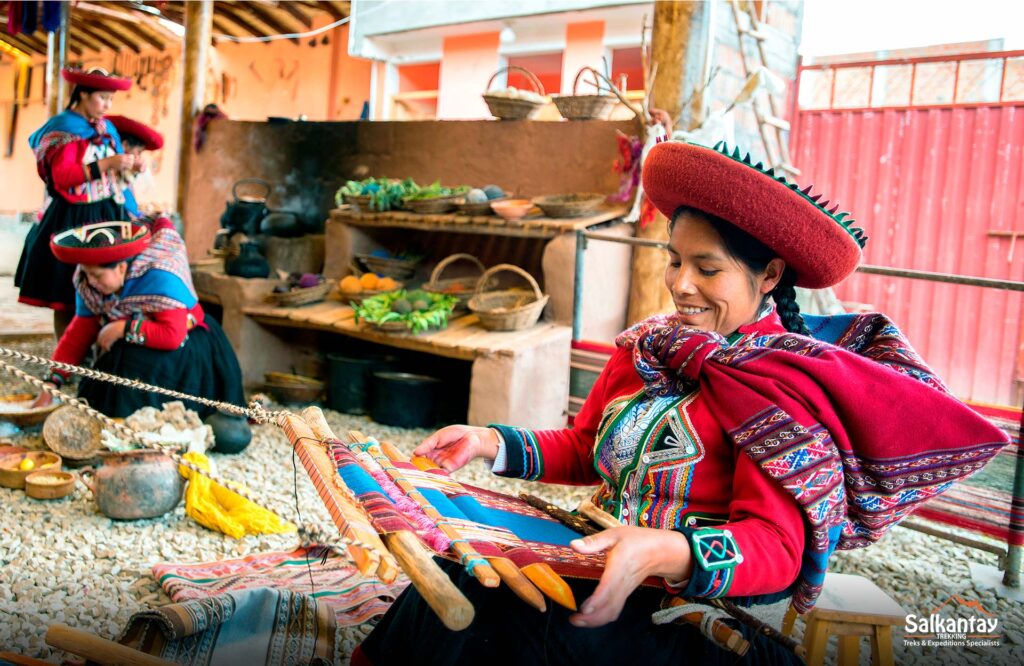


Chinchero
The small town of Chinchero is considered the most typical of the Sacred Valley of the Incas. Its inhabitants live in almost intact Incan constructions, in the same place where their ancestors lived and formed the largest and most prosperous civilization in the Americas.
It is the district’s capital, bearing the same name and belonging to the province of Urubamba. It is one of the most representative towns in Cusco and is recognized for its archaeology and “craftsmanship.”
Currently, Chinchero has a population of over 15,000 inhabitants, composed of 12 indigenous communities. Following the organizational system of the Tahuantinsuyo, these communities appoint their varayoc (leader) directly. Chinchero is one of the few places where traditional barter trade is still preserved.
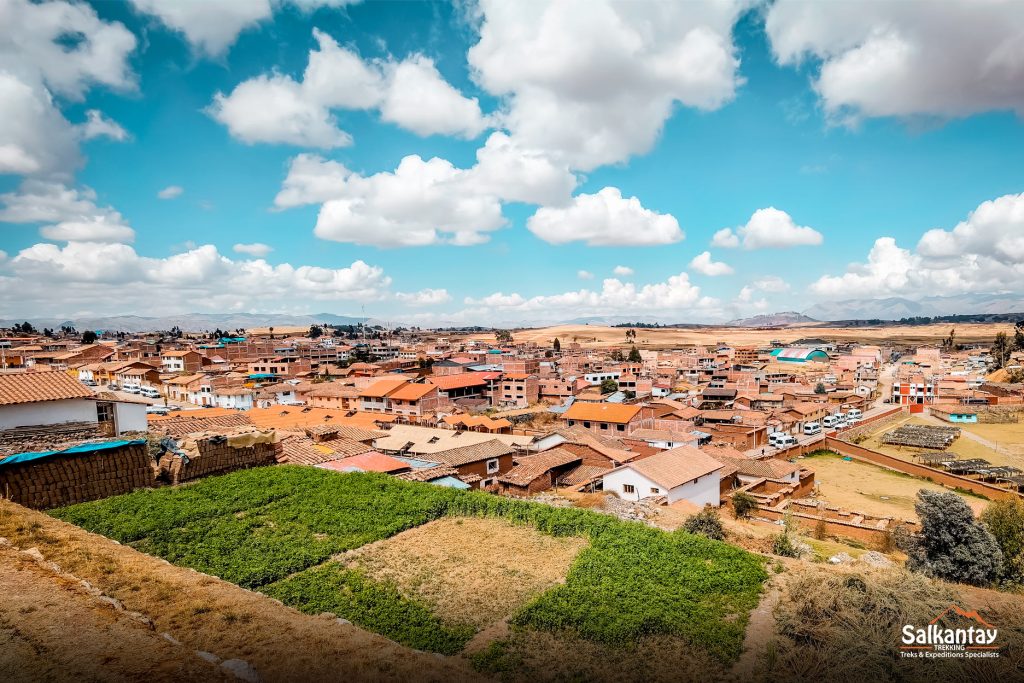
Archaeological Site of Chinchero
Our tour, composed of 12 passengers, visited a cinematic archaeological site. Everything here is. The archaeological site of Chinchero covers 43 hectares, where terraces, roads, water channels, and temples are found. Also in the area are the remains of three sanctuaries called Titiqaqa, Pumaqaqa, and Chincana, which are enormous limestone outcrops carefully sculpted by the ancient Peruvians.


Palace of Tupac Yupanqui
In the main square of Chinchero, the extraordinary fusion between Incan and colonial architecture stands out at first glance. In front of the church is an Incan wall with ten trapezoidal niches still preserved today. These were part of the Palace of Tupac Yupanqui.
Colonial Church of Chinchero
The colonial church is another attraction in Chinchero. It was built on the remains of the Palace of Tupac Yupanqui in 1572 by order of Viceroy Toledo. This church is exclusively decorated with Cusco religious art, with original works by renowned artists such as Diego Quispe Tito and Francisco Chihuantito.
We ended our visit satisfied with what we saw and learned from our guide and thrilled with all the fantastic photos we took. Not only does the setting captivate, but the atmosphere is intoxicating.
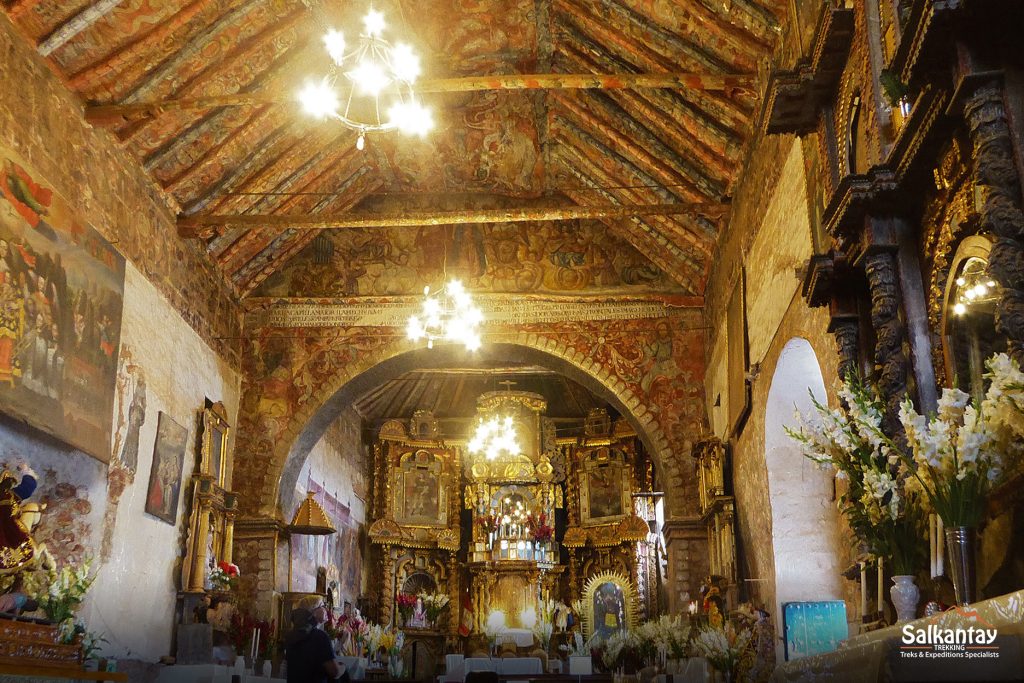
Chinchero Viewpoint
Soon after, we arrived at a fantastic viewpoint. As its name suggests, from there, we had a cinematic view of much of the Sacred Valley of the Incas. We jumped to take more photos and enjoyed the craft sales!

Ollantaytambo
This town, known as the last living Inca town, welcomes us with its medieval streets and buildings from both the Inca and colonial periods. It is full of color from its crafts, with its water channels composing a unique melody. Our excursion will visit its archaeological site, an impressive place at the foot of a mountain where the Incas built agricultural terraces and a settlement.
Ollantaytambo is much more than a fortress; it is a place where history and mythology intertwine. This archaeological site was a vital citadel and ceremonial center in the Sacred Valley of the Incas. The Incas built impressive temples, agricultural terraces, and advanced urban planning that still amazes today.
The Incan terraces we found during our visit are pyramid-shaped platforms made by the Incas, primarily used to cultivate corn and various types of potatoes. These stepped terraces are considered an engineering marvel and are one of the most prominent features in Ollantaytambo, not only for their agricultural function but also for their possible astronomical implications.
Some researchers suggest that these terraces functioned as a solar or lunar calendar to mark critical seasonal events and an essential part of Ollantaytambo’s cultural heritage.
The impressive ruins include several temples of megalithic rocks, solar calendars, and a complex system of channels and royal baths. We also had the opportunity to observe the ruins of the city the large monolithic stones that are part of the Temple of the Sun.
Exploring this archaeological complex, it is impossible not to marvel at the Temple of the Sun, with its six gigantic monoliths aligned perfectly. The sunlight playing among these stones creates new shadows daily, keeping the cosmic connection vital to the Incas alive. This rectangular building has a series of terraces, stairs, and walls surrounding it. It is a gigantic structure made of pink granite located in the ruins of Ollantaytambo. It is believed to have been a royal palace during the Inca Empire and is one of the best-preserved structures at the site.
The presence of structures like the Temple of the Sun or the Ñusta’s Bath (princess) highlights its political importance and its religious and mythological significance for the ancient Andean inhabitants. According to local legends, Ollantaytambo was built by direct orders from the Inca Pachacutec, who used it as a stronghold against possible invasions.
What an adventure to climb all these structures and see from above the incredible view of this undeniable Inca legacy that remains today! Experiencing this city so deeply rooted in its origins was thrilling. Touring the water sources with the mountain breeze, the sound of the waters, and the presence of llamas and alpacas was unforgettable!
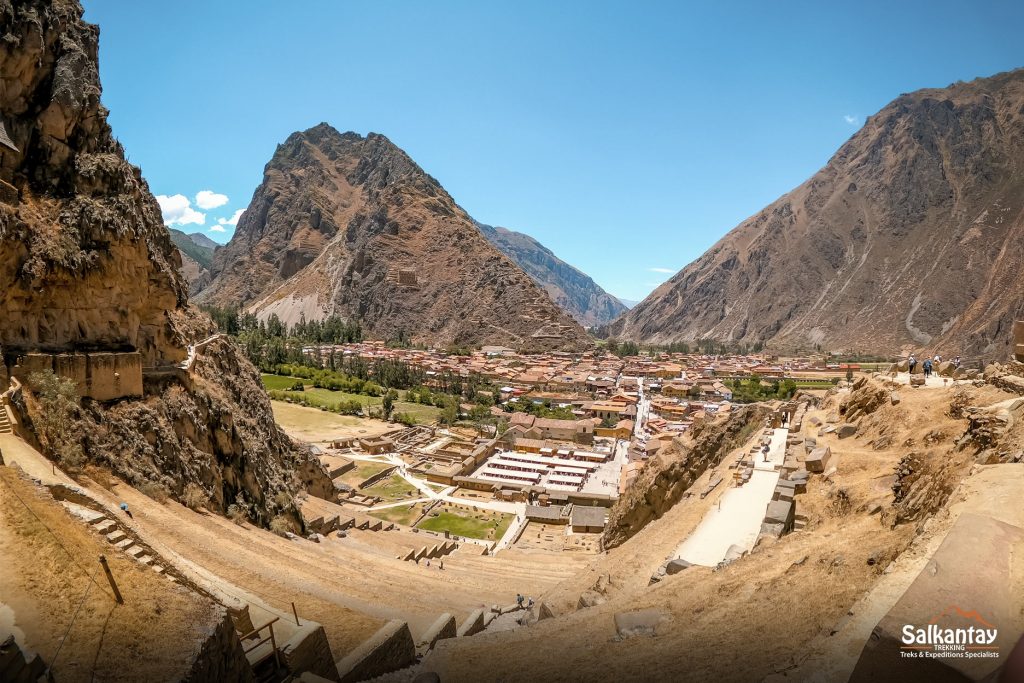
The Famous Pinkuylluna Quarries and Their Unsolved Mysteries
The quarries near the western sector were another critical piece in this cultural mosaic, the primary source of stones used in majestic constructions, ceremonial sites, and civil and military buildings.
It remains a mystery how those enormous stone blocks were transported across rivers and mountains without using advanced technology. According to some mythical versions, divine interventions helped move those gigantic stones, while others advocate the idea of a superior intelligence unknown to us today.
In addition, there are local legends about an underground labyrinth connecting different sacred points within the Incan empire with this citadel; some even believe it leads to the legendary golden refuge known as Paititi or El Dorado.
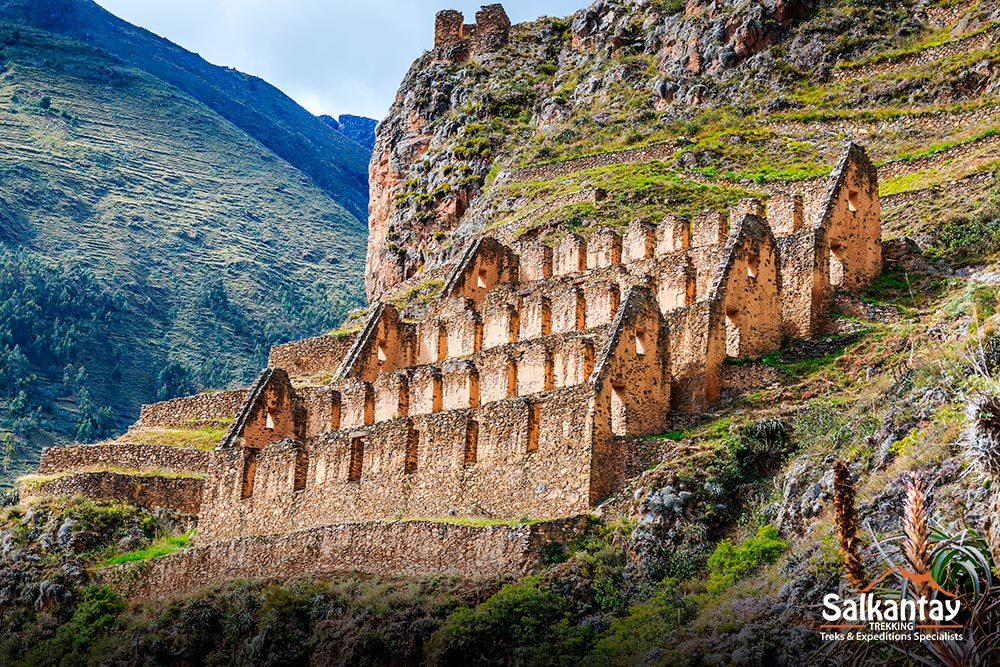
Myths and Legends about Ollantaytambo
The Legend of the Warrior Ollanta and Princess Cusi Coyllur
The most famous tale associated with Ollantaytambo is undoubtedly the love drama between the brave Inca general Ollanta and Cusi Coyllur, daughter of the Inca Pachacutec. The forbidden love between these two characters is fundamental to Andean oral traditions.
It is said that Ollanta fell madly in love with Cusi Coyllur, but due to the strict Incan social laws that prevented unions outside of one’s social status, their love was impossible. This conflict led to a series of tragic events, including war, separation, and, ultimately, reconciliation, thanks to the intervention of the next Incan ruler, Túpac Yupanqui.
Don Ángel: It’s Time to Satisfy Your Hunger!
And lunchtime has arrived! Everyone, without exception, was hungry, even with the snacks we received upon departure. Physical exercise only increases our appetite! What a pleasant surprise to arrive at such a unique, refined restaurant with a vast variety in its buffet. Here, you will have the opportunity to try everything:
- Saltado de obliquity
- Green quinoa with shrimp
- Chicken with Turkish rice
- Potatoes
- Baked oca
- Pork with orange
- Rocoto stuffed with vegetables
- Rocoto stuffed with meat
- Corn
- Tuna causa
- Tilapia ceviche
- Sweet potato
- Hairo soup (a type of seaweed)
- Vegetable cream
- Rice with beans
- Cuy chiruchu (typical guinea pig dish)
- Baked malaya (a type of beef)
- Oraya (a typical dish whose name may vary by region)
- Sweet potato cake
- Alpaca roll with cheese
And let’s remember the desserts; all of them are delicious! There was sachatomate compote, a fruit from the Andes mountains that is excellent for the heart, blood pressure, diabetes, jellies, puddings, and various traditional sweets.


Pisac Archaeological Site
Our final stop was another gift from the gods: the splendor of the Pisac ruins! This Inca archaeological site is one of the jewels of the Sacred Valley of the Incas. It features temples and palaces finely crafted in stone. The Pisac ruins form one of Peru’s best Inca archaeological complexes. Our visit included the military area, the terraced sector, and Amaru Punku. This site is located at the eastern end of the Sacred Valley, an hour from the city of Cusco, 34 kilometers away, and 3,300 meters above sea level.
To get there, use the same route that leads to Sacsayhuamán. If traveling by bus, head to Puputi Street in the Historic Center of Cusco. To access it, you must follow the slope behind the town of the same name, walk for an hour and a half, or take public transportation, which takes about 30 minutes. The town of Pisac is situated at 2,974 meters above sea level.
Pisac derives from the Quechua word ‘Pisaca,’ meaning ‘Partridge.’ It is believed that this archaeological site is shaped like a partridge. The Incas liked to attribute animal or bird shapes to their major citadels. For instance, the city of Cusco is shaped like a puma.
Its ruins attract thousands of visitors, estimated at around 200 per day. It is one of the tourist attractions included in the Sacred Valley tour. During the Inca legacy, Pisac was an essential city with impressive systems of terraced fields and carved stone structures. During the colonial era, its temples were looted by the Spanish. Today, it is one of the most significant historical tourist attractions on your trip to Cusco.
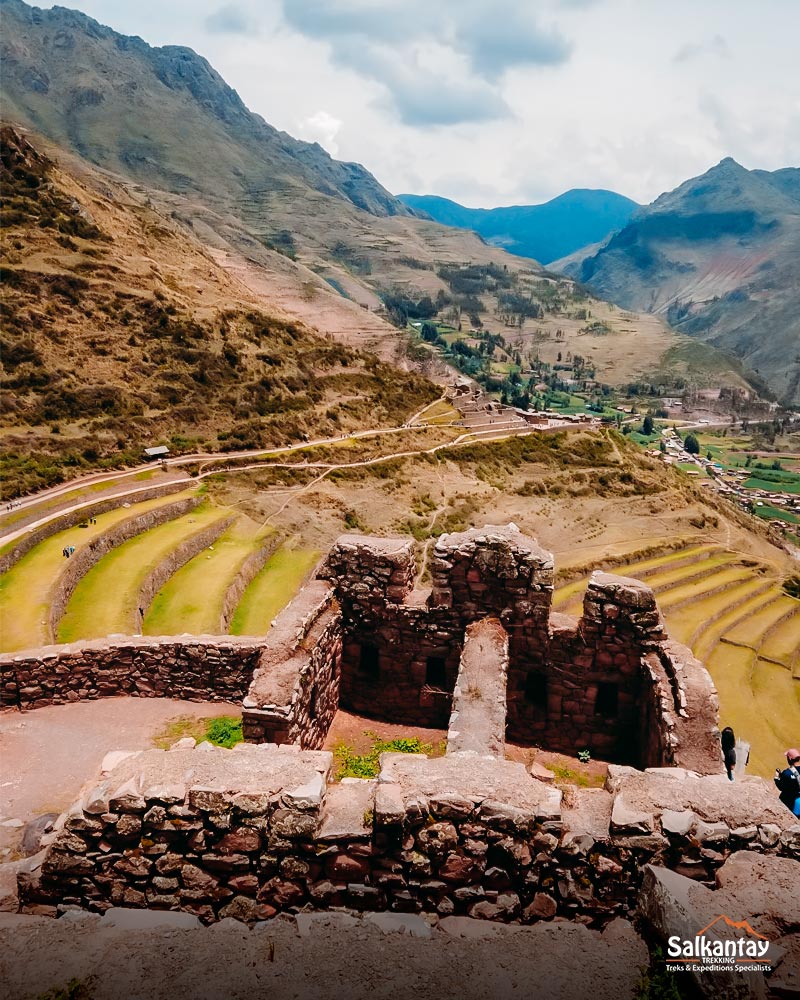

Myths and Legends about Pisac
The Legend of Inkil Chumpi
In Pisac, there is a rock formation called Inkil Chumpi. This peak has a legend telling the story of a princess, the only daughter of the governor of the Inca citadel of Pisac. The Inca governor decided that the young man who married his daughter must be able to build a bridge over the Vilcamayo River in a single night. The young man Asto Rímac, the princess’s favorite, began working. Inkil Chumpi climbed a hill to ask the gods, the ‘Apus’ or sacred mountains, for help. They agreed, but on the condition that she should not watch Asto Rímac’s work. She agreed but peeked at the construction, unable to bear the suspense. Then, Asto Rímac was swept away by the river’s waters. She screamed in despair, turning into stone, which is now the rock formation in Pisac.
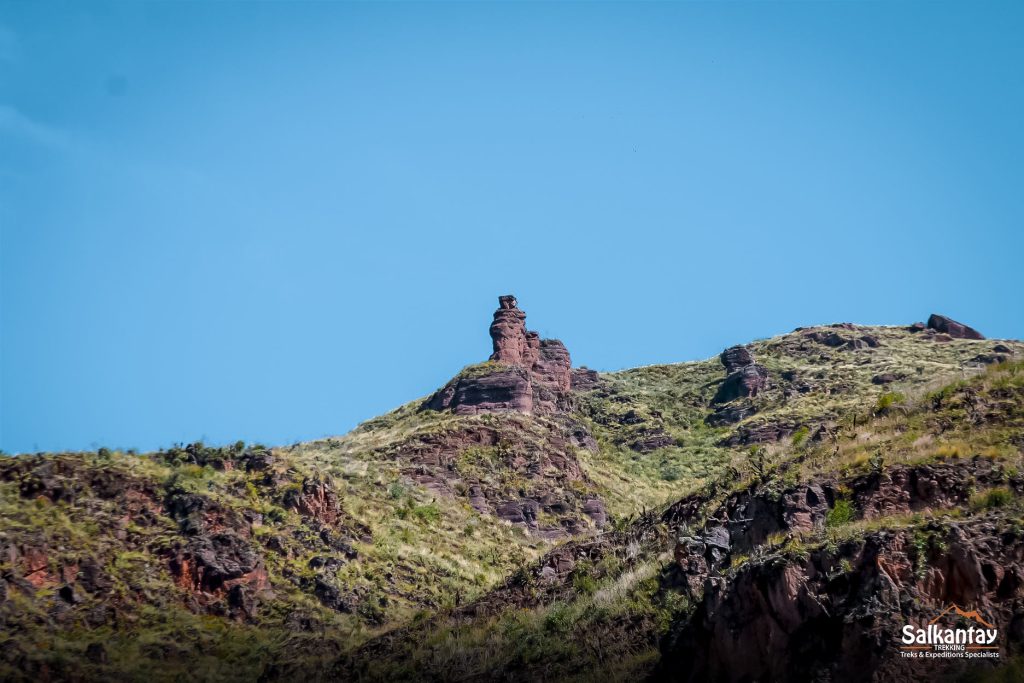
You Might Be Interested In:
- Explore The Best Inca Ruins in the Sacred Valley!
- Pisac: a Must-Visit on Your Trip to Peru’s Sacred Valley
- Sacred Valley: The Salt Mines in Maras
- 10 Best Things To Do And See In The Sacred Valley
- Huchuy Qosqo: See the Sacred Valley of the Incas through a condor’s eyes
- Hiking in Cusco: Short Routes to Conquer in Less than a Day
- Season of Rain in Cusco: Everything You Need to Know
- Everything you need to know about the dry season in Cusco, Peru.
- Best time to visit Cusco, Peru
- How to Acclimate in Cusco: Everything You Need to Know
- What to do in Cusco?
- How to get to Cusco?
- Cusco Day Trips
- Cusco Weather: The Complete Guide to Year-Round Climate











Leave A Reply